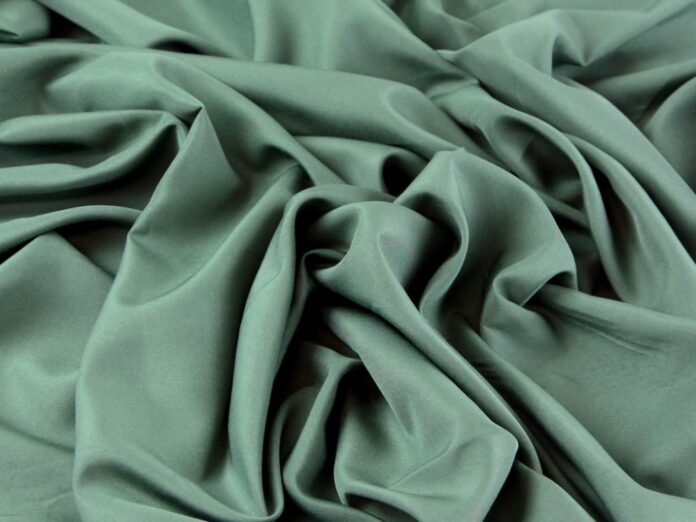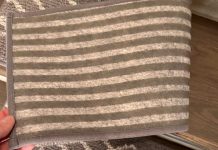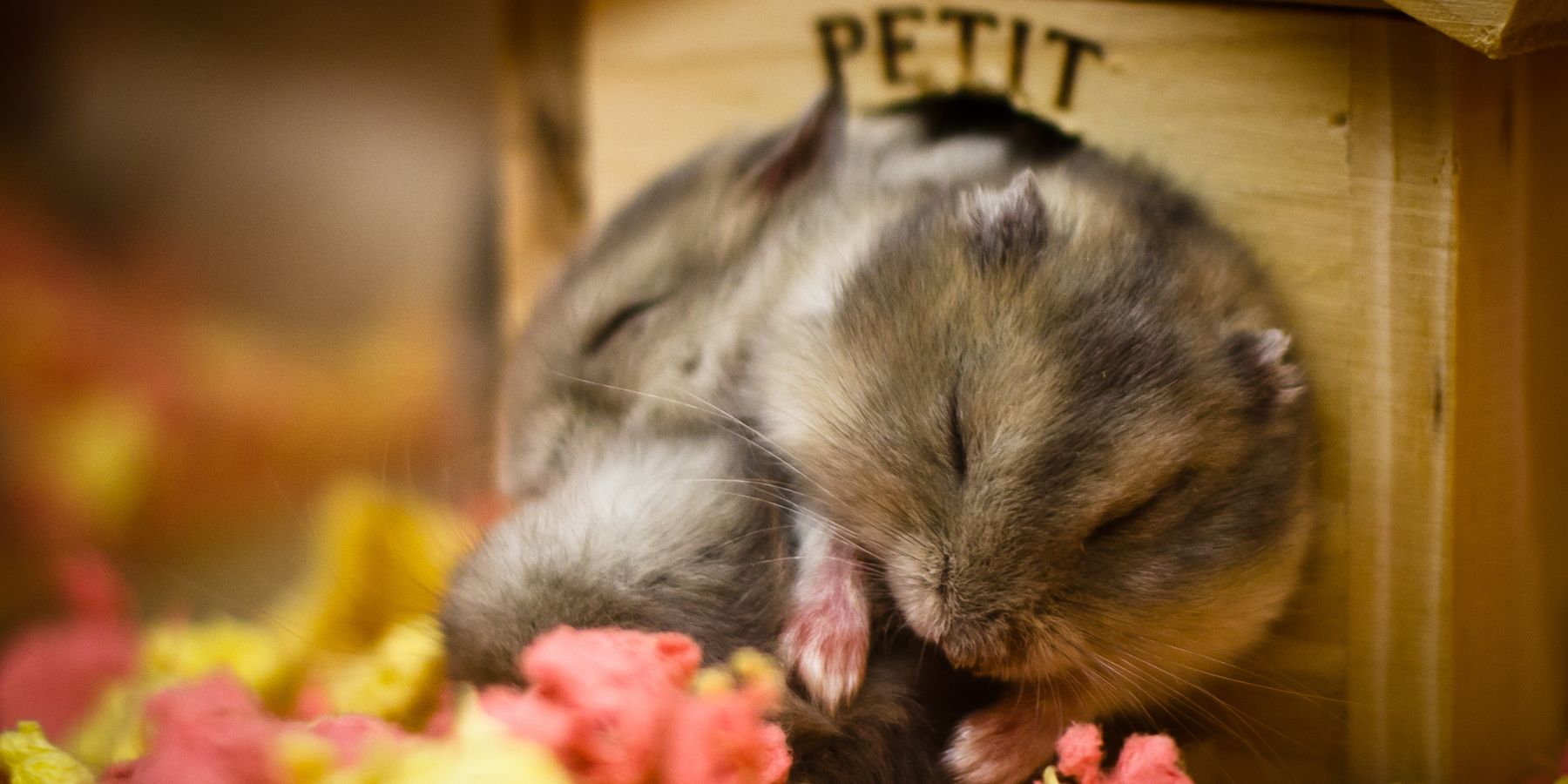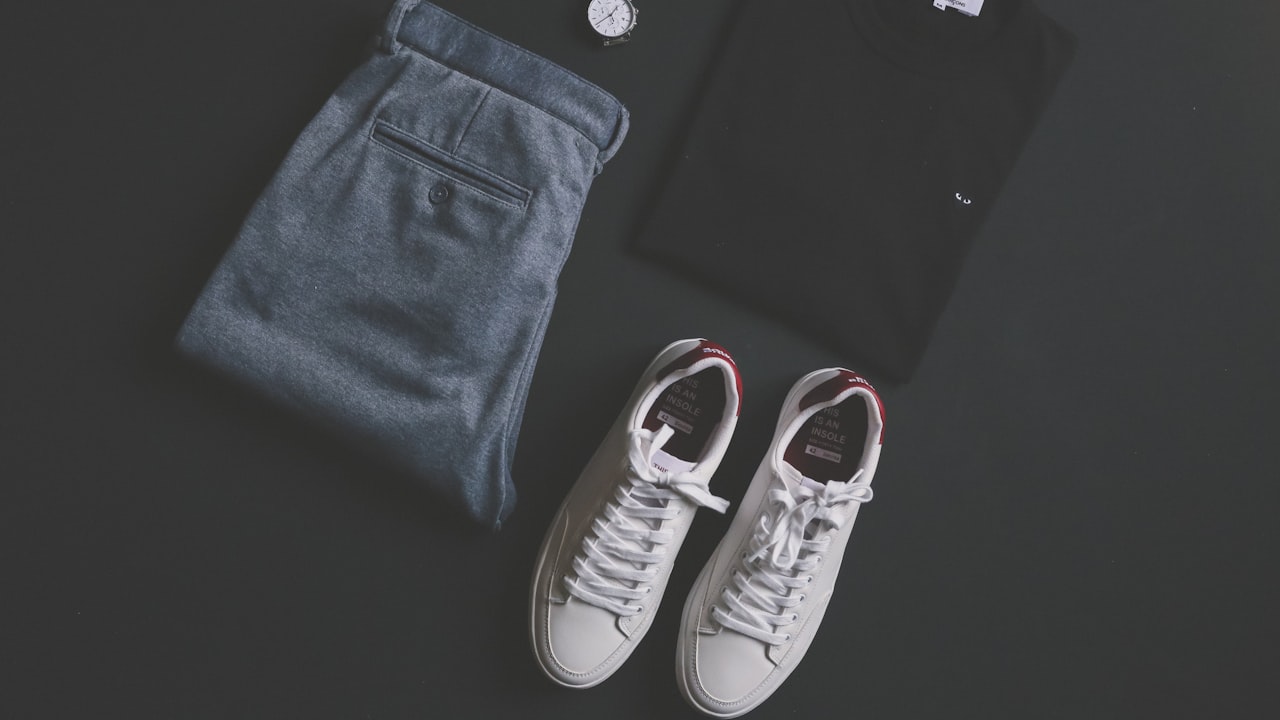Crepe fabric, or crêpe fabric as it’s sometimes called, has a unique texture created through an age-old process of stretching and oxidizing the original material. The resulting fibers are given their signature crinkled appearance and hard-to-find softness that makes them perfect for use in various fashion applications, from dresses to formal wear to linings and more. By reading the information below, you can learn about crepe fabric, how it’s made, and why it’s so popular!
What is Crepe fabric?
Crepe fabric is a lightweight, textured fabric with a crinkled or pebbled surface. It’s made from silk, wool, cotton, rayon, or synthetic fibers. Crepe fabric has many uses, including clothing, upholstery, and curtains. This fabric dates back to the early 1800s and has been used for everything from clothing to home décor.
How is Crepe fabric made?
Crepe fabric is made by first weaving or knitting the fabric. The fabric is then put through a process called fulling, which shrinks and thickens the fabric. After fulling, the fabric is put through a process called mercerization, which gives it a lustrous appearance. Finally, the fabric is dyed and finished.
Types of Crepe Fabric
• Crepe De Chine
Crepe de chine is a trendy and versatile fabric perfect for everything from evening wear to lingerie. It’s made from silk or a blend of silk and rayon and has a slightly textured surface. The fabric is lightweight and drapes well, making it a good choice for flowing skirts and dresses.
• Crepe Georgette
A crepe georgette is a lightweight fabric with a crinkled surface. It’s made from silk or synthetic fiber and is often used for blouses, dresses, and skirts. The fabric gets its crinkled texture from the way it’s woven. When you look at crepe georgette up close, you’ll see that it has a slightly raised, pebbled surface. This is caused by the yarns being tightly twisted together during the weaving process.
• Wool Crepe
A fabric with a textured surface, crepe wool is made from tightly twisted yarns. The yarns are then brushed, resulting in a fabric with a raised nap. This creates a material that’s both durable and has a natural resistance to wrinkles.
Storing Crepe Fabric Tips
Crepe fabric is a delicate fabric that can be made from a variety of fibers, including silk, wool, and rayon. When storing crepe fabric, it’s essential to keep it away from direct sunlight and heat, as this can cause the fabric to fade or become damaged. Additionally, you should avoid storing crepe fabric in humid environments, as this can cause the fabric to mildew. When folding crepe fabric, take care not to crease it, as this can cause permanent wrinkles.
Caring Crepe Fabric Tips
- Delicate fabrics like crepe need special care when laundering. The best way to wash crepe is by hand in cool water with a mild detergent.
- To avoid damage, never put a crepe in the dryer. Instead, hang it up to air dry.
- If you must iron crepe, do so on a low setting and be sure not to overdo it.
- When storing crepe, fold it rather than hanging it up to prevent wrinkles.
Conclusion
Crepe fabric is a versatile and stylish material that can be used for various garments. Knowing how to care for crepe fabric is essential to keep it looking its best. When shopping for crepe fabric, be sure to pay attention to the weight and stretch of the fabric to ensure you are getting the right type for your project. With a little bit of care, your crepe garments will last for many years to come!













